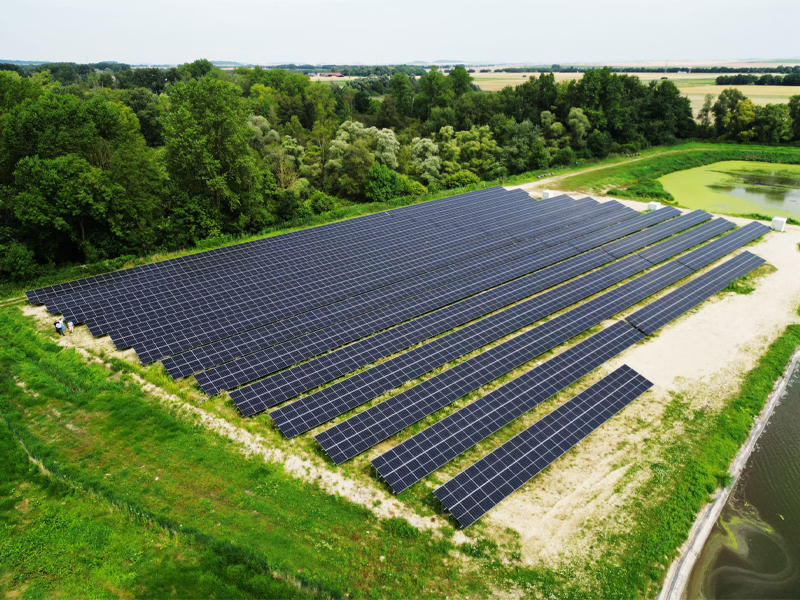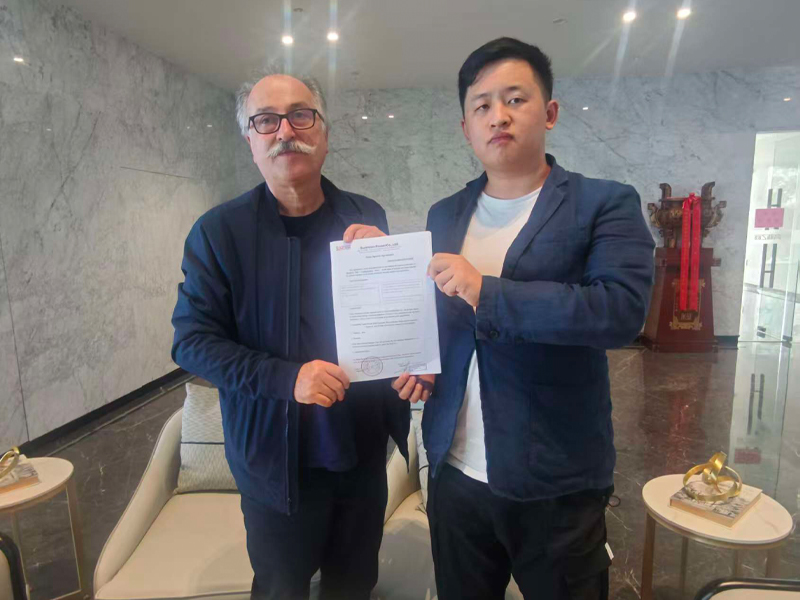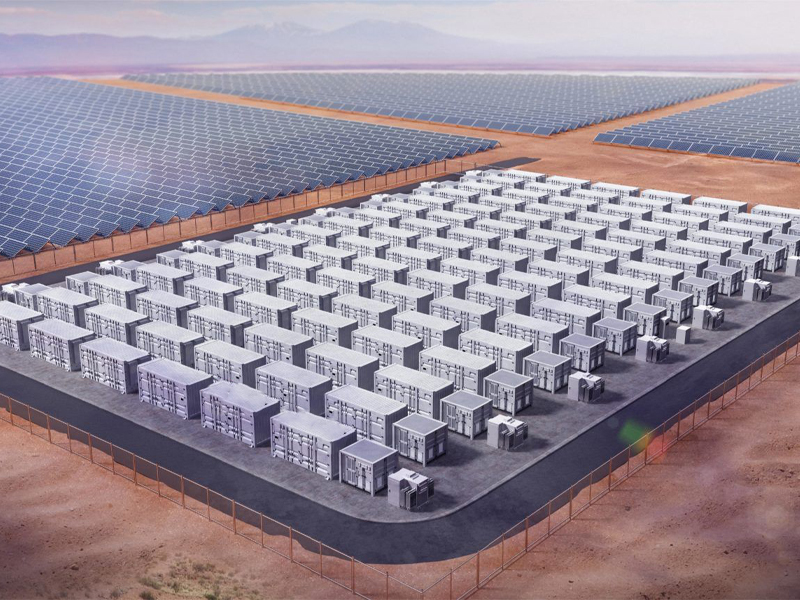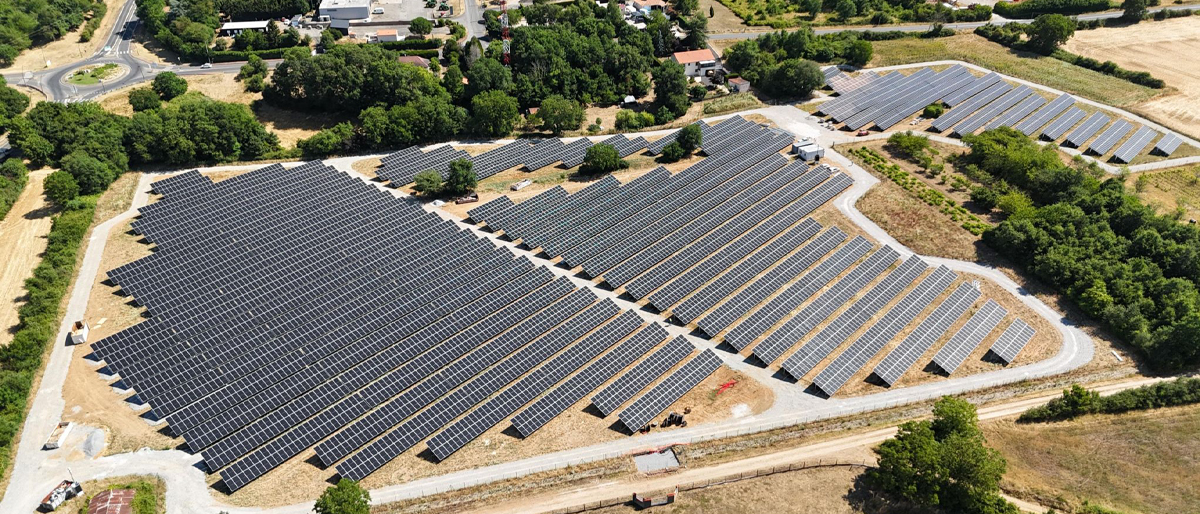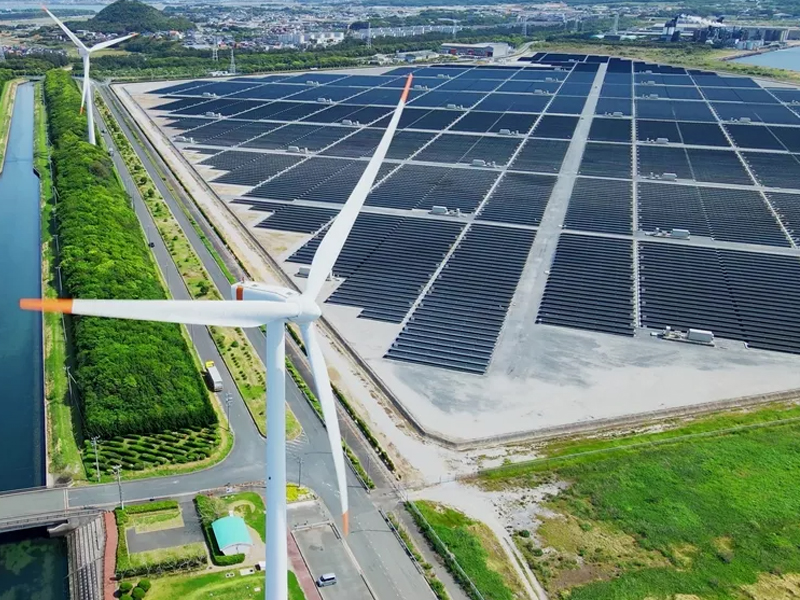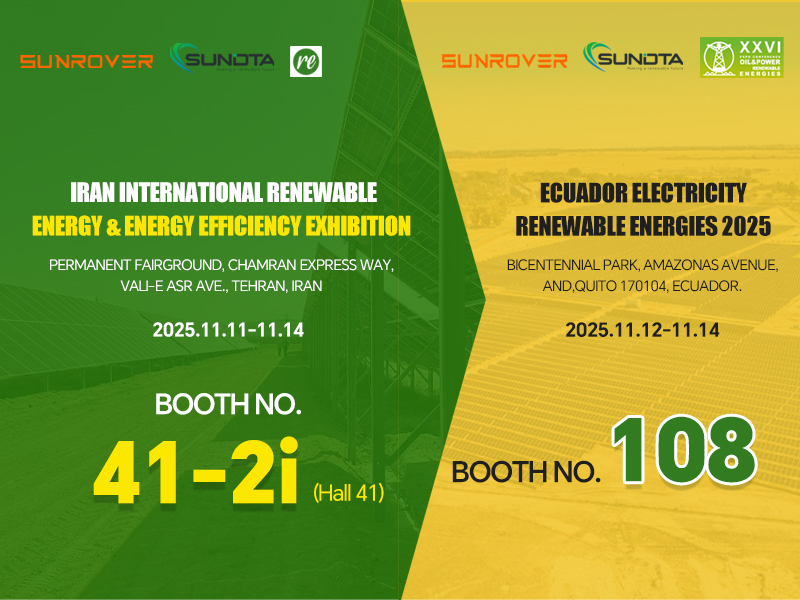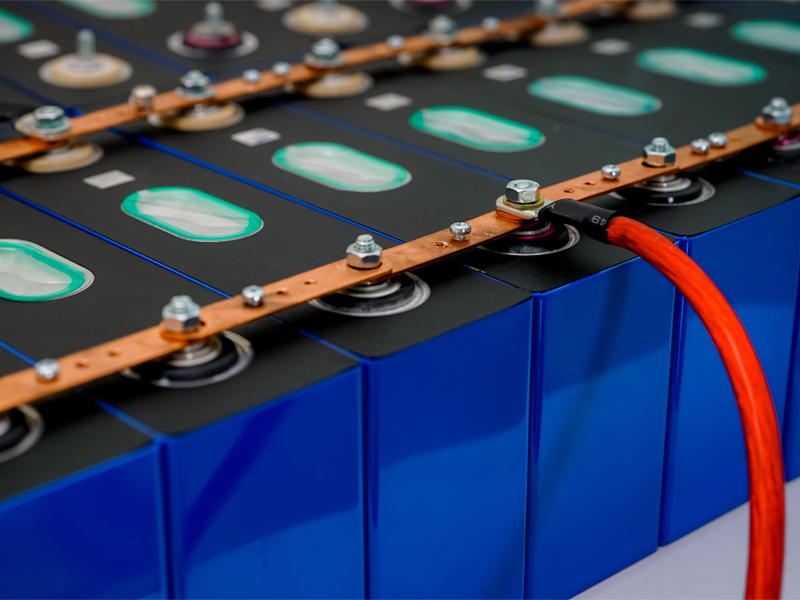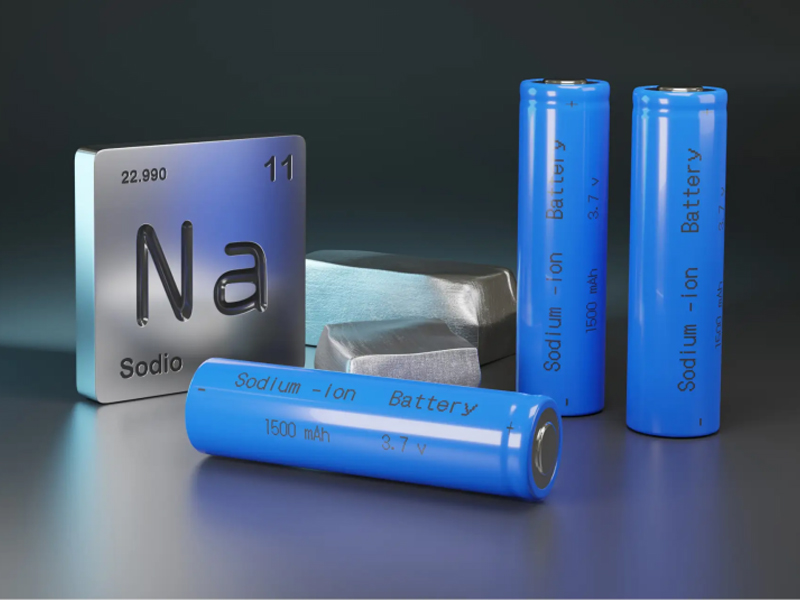Breaking news! Solar hybrid power station caught fire!
Recently, a fire broke out at a Hybrid Solar Power plant in the UK. The power plant consists of 23MWP photovoltaic power generation and 51MWhlithium battery energy storage power station, covering an area of more than 88 acres, equivalent to more than 50 football fields. The fire broke out at around 3 pm, and thick black smoke sprayed into the sky, which could be seen from neighboring areas and main roads. More than 40 firefighters were dispatched urgently to control the fire with large-capacity pumps and special equipment until 10 pm, when the fire was extinguished.
In the rapidly developing photovoltaic industry, why has safety issues repeatedly become an unavoidable pain point?
For many years, the problem of lack of safety management at photovoltaic project sites has always existed, from lax review of personnel qualifications to formal safety training, from ineffective on-site supervision to loopholes in equipment and material management, every link has huge risks. The occurrence of these tragedies reminds us that safety prevention and control in the photovoltaic industry is urgent.
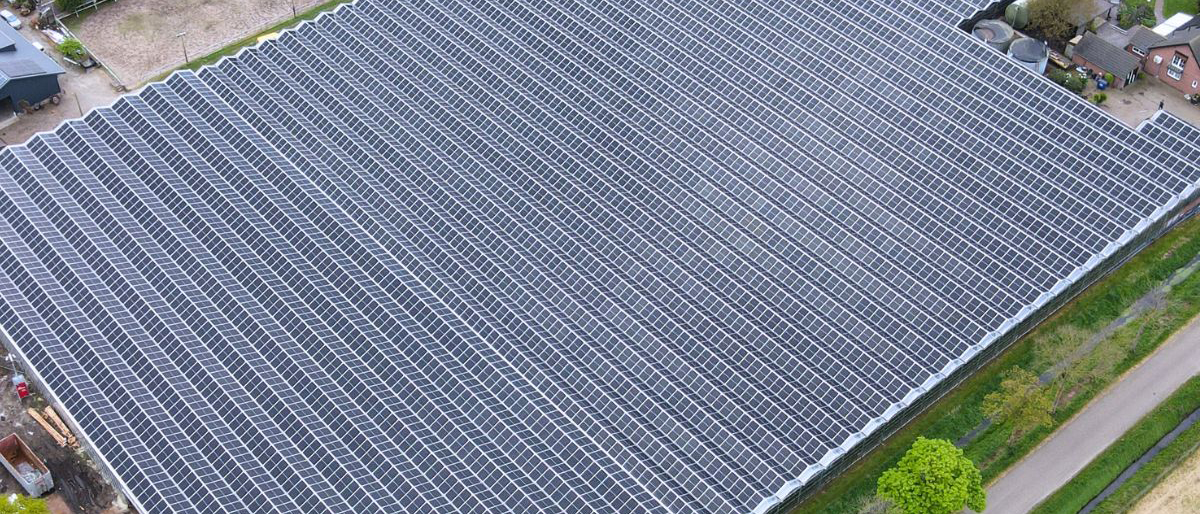
Troubles arise from negligence, and disasters occur from subtleties. There are many delicate links in photovoltaic projects, and the slightest omission will lead to a disaster. Therefore, photovoltaic practitioners must adhere to the safety "bottom line" of each link, and should be cautious in the design, equipment selection, construction and operation and maintenance stages, and not ignore any link. Only by accurately preventing and controlling potential risks can the safety of the project and itself be effectively guaranteed.
Design and construction problems
There are some common problems in the design and construction of photovoltaic Power Stations, including unreasonable layout, unqualified materials and equipment, and non-standard construction.
In order to maximize the utilization of roof space, the components of the photovoltaic power station are arranged in a dense manner, and the maintenance channels and maintenance platforms are not reasonably set up, which can easily lead to difficulties in cleaning components, inconvenience in disassembling and assembling equipment, and components being broken or cracked due to stepping on components.
The modules laid on the colored steel tile roof are usually laid close to the roof along the slope. Although this method reduces the impact of wind, frost, rain and snow to a certain extent, it brings many difficulties to the operation and maintenance personnel. For example, the operation of the DC cable and MC4 plug on the back of the module cannot be observed during the on-site inspection. At the same time, the ventilation of the module operation environment is not smooth and the back temperature is high, which reduces the system efficiency and power generation.
In addition, there are:
1. Main transformer explosion: The spacing of the oil-immersed main transformer does not meet the fire and explosion requirements. The operating oil-immersed power transformer may cause fire or explosion accidents due to insulation aging, poor contact, lightning overvoltage, load short circuit, transformer overheating, external fire source and many other reasons. The fire protection spacing between the two main transformers is insufficient or there is no firewall, which is easy to spread to each other and cause chain explosions.
2. Soil erosion and slope instability in the module area: The surface of the Photovoltaic Module area is exposed, the slope is not protected, and it is easy to be washed by water, resulting in soil loss. Slope collapse accidents are very likely to occur during the rainy season, which will cause the pile foundation to tilt and settle, and the module to deform and damage.
Equipment aging and improper maintenance
The equipment and components in the photovoltaic power station will age and damage over time. If they are not replaced and maintained in time, it is easy to cause equipment failure and accidents.
1. Hot spot effect: There is a lot of bird droppings on the solar panel, and there is no bird repellent installed in the array area, which may cause the "hot spot effect". The shaded solar panels in a series branch will be used as loads to consume the energy generated by other solar panels with light to generate heat. In severe cases, the hot spot effect can cause partial burning of the battery, and even cause the entire solar panel to be scrapped or a major fire.
2. Combiner box failure: There is a lot of dust inside the combiner box, which can easily cause poor heat dissipation and short circuit of the electronic components inside the combiner box, causing the insulation layer of the wire to melt and burn, and ignite the dust and fibers accumulated on the wire, thereby causing a fire accident.
3. Box transformer fire: The total oil weight of the box transformer oil exceeds 1000Kg, and there are no oil storage or oil blocking facilities on site. Once an accident occurs, the insulating oil leaked from the transformer will spread everywhere. The box transformer is basically in the component area, and the surrounding surface vegetation is rich. In the case of electrical fire, it is very easy to expand the scope of the fire, and there are certain fire risks.
Under normal circumstances, in order to reduce operation and maintenance management costs and improve the economic efficiency of the project, most power stations adopt an unmanned and remote centralized monitoring mode, which makes it difficult to effectively implement the management requirements of manned power stations and "two tickets and three systems". At the same time, it is impossible to quickly remove the power station alarm and eliminate power station defects.
Also for cost-saving considerations, the threshold for operation and maintenance management practitioners is low. After employment, they lack systematic professional technical training and power station maintenance experience, lack basic on-site emergency handling capabilities, and are difficult to respond quickly when difficult equipment failures occur, thereby increasing the safety risks of power station operation and maintenance.
Due to the multi-faceted and wide-ranging characteristics of distributed photovoltaic power stations, it is difficult to carry out daily inspections of power station equipment in the operation and maintenance management of power stations. The on-site situation can only be inferred through the equipment alarm monitoring of the background monitoring system. The on-site situation cannot be accurately grasped, and it is impossible to determine whether the alarm information is a false alarm. When an equipment failure alarm is found, it is difficult to quickly eliminate the equipment failure on site, resulting in delayed elimination of the equipment failure and subsequent expansion of the equipment failure.
Weather and natural disasters
Photovoltaic power stations are usually built outdoors and are vulnerable to weather and natural disasters. For example, extreme weather such as strong winds, heavy rain, and hail may damage the equipment of the power station, causing accidents.
PID effect: Photovoltaic modules adjacent to the seaside are in a high temperature, high humidity, and high salinity environment for a long time, which is easy to induce the PID effect (module potential induced decay) of photovoltaic modules. When the PID phenomenon is serious, it will cause a module power decay of more than 50%, thereby affecting the power output of the entire string.
Power station operation and maintenance
In order to avoid related accidents, photovoltaic power stations can take the following measures in operation and maintenance:
1. Regular inspection and maintenance: Regularly inspect and maintain the equipment of photovoltaic power stations, promptly discover and repair possible faults and problems, and ensure the normal operation of equipment.
2. Establish complete fire-fighting facilities: Photovoltaic power stations should establish complete fire-fighting facilities, including fire alarm systems, fire extinguishers, fire hydrants, etc., so that they can respond and extinguish fires or other accidents in a timely manner.
3. Train operators: Train operators of photovoltaic power stations to familiarize them with the operating principles, equipment operating procedures and safe operating procedures of photovoltaic power stations, improve their safety awareness and operating skills, and reduce the occurrence of human operating errors.
4. Strengthen monitoring and early warning: Install a monitoring system to monitor the operating status of photovoltaic power station equipment in real time, detect abnormal conditions in time and issue early warnings, so as to take appropriate measures to avoid accidents.
5. Establish an emergency plan: Develop an emergency plan for photovoltaic power stations, clarify the response measures and division of responsibilities when various accidents occur, and improve the ability and efficiency of responding to emergencies.


